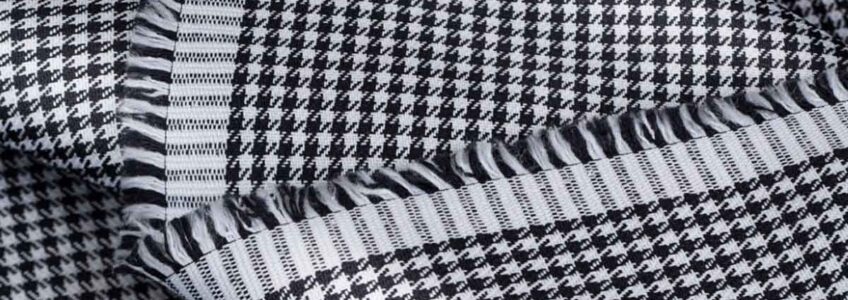The gabardine or gabardina fabric is a real jewel of the textile industry. A fabric that stands out for its particular beauty, both in its initial and raw version and in the final stage of processing, when the textile element is transformed into a garment made in detail.
Manifattura Foderami Cimmino leads us to the discovery of the gabardine fabric, refined and versatile, and explains the many possible uses for this renowned fabric!
Gabardine: refined, compact and very resistant fabric
The gabardine fabric responds to the request of a garment suitable for mid-seasons, with soft colors and extremely elegant appearance. From a purely technical point of view it is defined as a medium-weight combed yarn and a dry hand in solid colour, with batavia armour and dominant warp. Relatively waterproof to air and water, it appears very closed and compact, crossed by an original diagonal stripe. A quality gabardine fabric is recognized for its thin ribs.
There are two types of gabardine, that of combed wool, or cotton gabardine fabric. Both the wool and cotton gabardine looks like a very elegant and very resistant fabric: thanks to its compactness it is used in the field of quality tailoring for the creation of tailored clothes for men and women with clean and simple lines, trousers, jackets, work uniforms, coats and trenches.

History of Gabardine fabric: from the Renaissance to the invention of Burberry
Where does gabardine tissue originate from? The medieval gabardine was a wide and long garment that was usually used over trousers and shirt, as further protection from the cold and tied around the waist. During the Renaissance in France gabardine was the name given to a popular wool cloak, derived from the Spanish word “gabardina” which indicated the tunic of the workers. So the term went on to indicate the resistant and warm fabric with which overcoats and overalls were made at that time.
Thomas Burberry, founder of the Burberry fashion house in Basingstoke, patented it in 1888. To create this new material, Burberry studied the dense texture of combed wool, smooth on the one hand, with finishing processes such as trimming and pressing, and characterized by ribbed fabric on the other side.
Breathable and waterproof, thecotton gabardine fabrichas presented itself as a revolution to create specific clothing elements against the elements, such as the famous trench coat in cotton gabardine and other fiber mixes, made famous by the likes of Humphrey Bogart. In gabardine is also made “Eisenhower jacket” a jacket model launched in the sixties, which ends just below the waist, with four pockets, pointed neck and high buttoning, which takes its name from the military jacket that was used to wear the famous general.
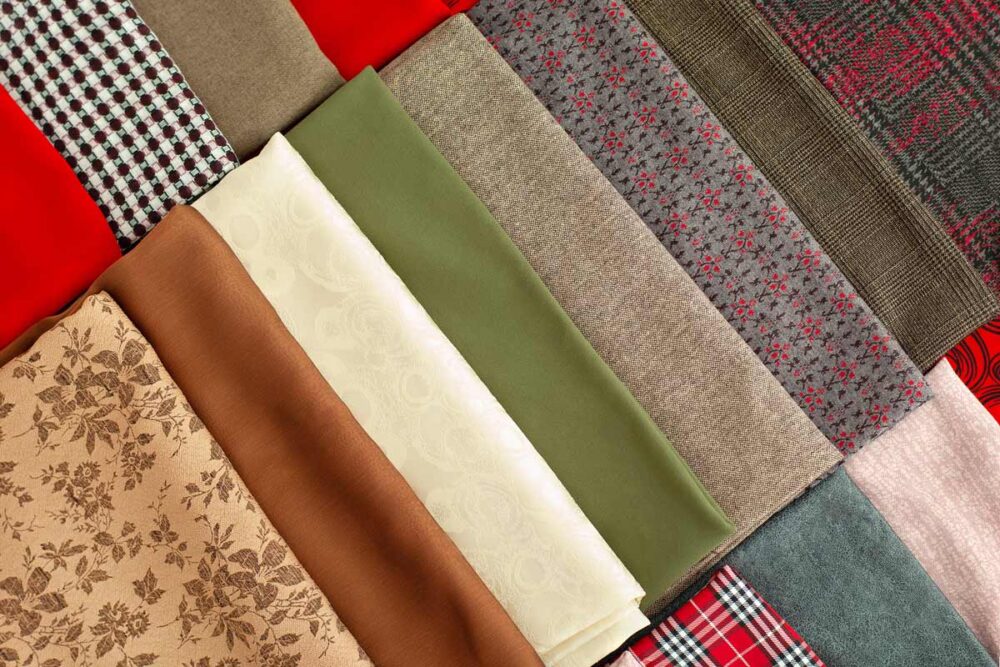
Gabardine, summer or winter fabric?
Depending on the fibers with which the gabardine fabric is made, the garments can be suitable for the coldest or the least rigid period of the year. Of this fabric it is generally said that it is perfect for the middle seasons, that is able to meet the style needs of those days from the uncertain weather and temperature. A soft, well-draped and well-ventilated material that does not deform when wet and resistant to wear, characteristics that make it suitable to be exposed to high percentages of humidity.
How to treat garments in gabardine? To wash and stain this fabric you can set a gentle cycle on the washing machine, but in the case of mixtures of gabardine with combed wool it is better to rely on dry cleaning to avoid shrinkage of the fabric. For the ironing phase, instead, we set the temperature of the iron on a low value, taking care not to press too much to not spoil the fabric.
Gabardine Cuoco
This cotton fabric with twill weave, is dyed in yarn with black and white pie de poule design. It is mainly used in the field of clothing and, more specifically, in the field of work uniforms, to make durable and versatile garments such as professional clothing for chef trousers.
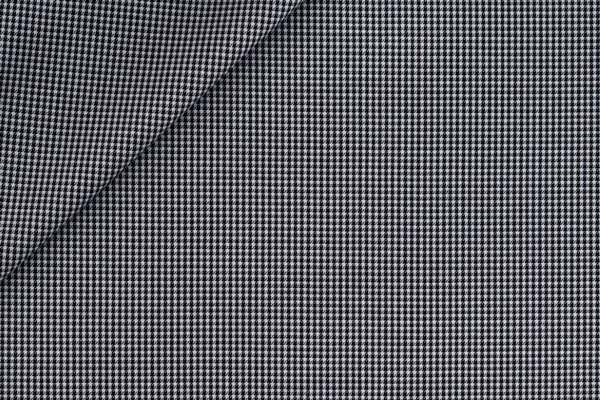
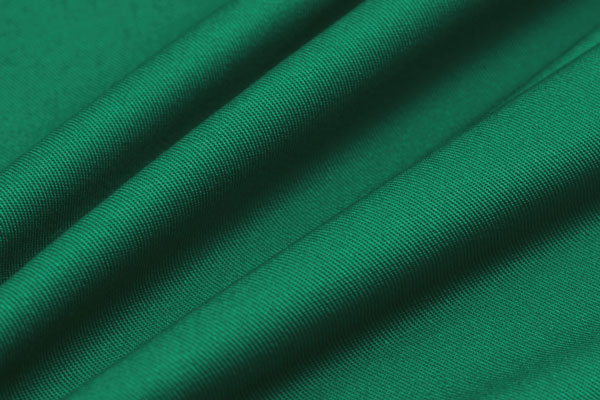
Gabardine Lodi
A cotton fabric characterized by the soft hand: this gabardine fabric is perfect for making garments thanks to the excellent dimensional stability given by the process of sanitization to which it has been subjected. It is mainly used in the medical field.
Gabardine Astor
We find all the characteristics of strength and quality typical of gabardine in this version of combed yarn in solid color with soft hand. The color is solid thanks to the use of reactive dyes and the process of sanitizing ensures the dimensional stability of the fabric.
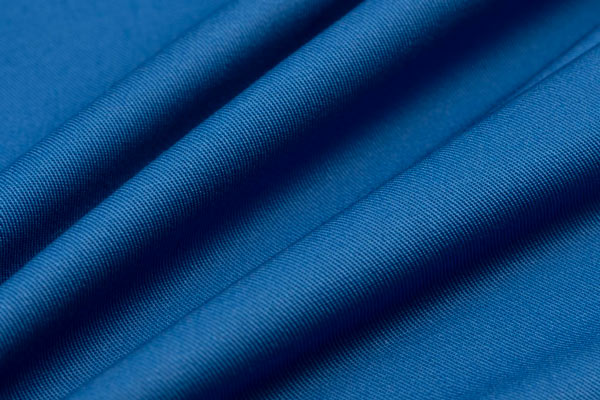
How to choose the most suitable gabardine fabric for the purpose you intend to achieve? Enter the world ofCimmino Lining Manufacture and let yourself be advised about the fabrics and materials that best meet your needs. A team of experts is ready to guide you through the different features that make the selected products unique.



